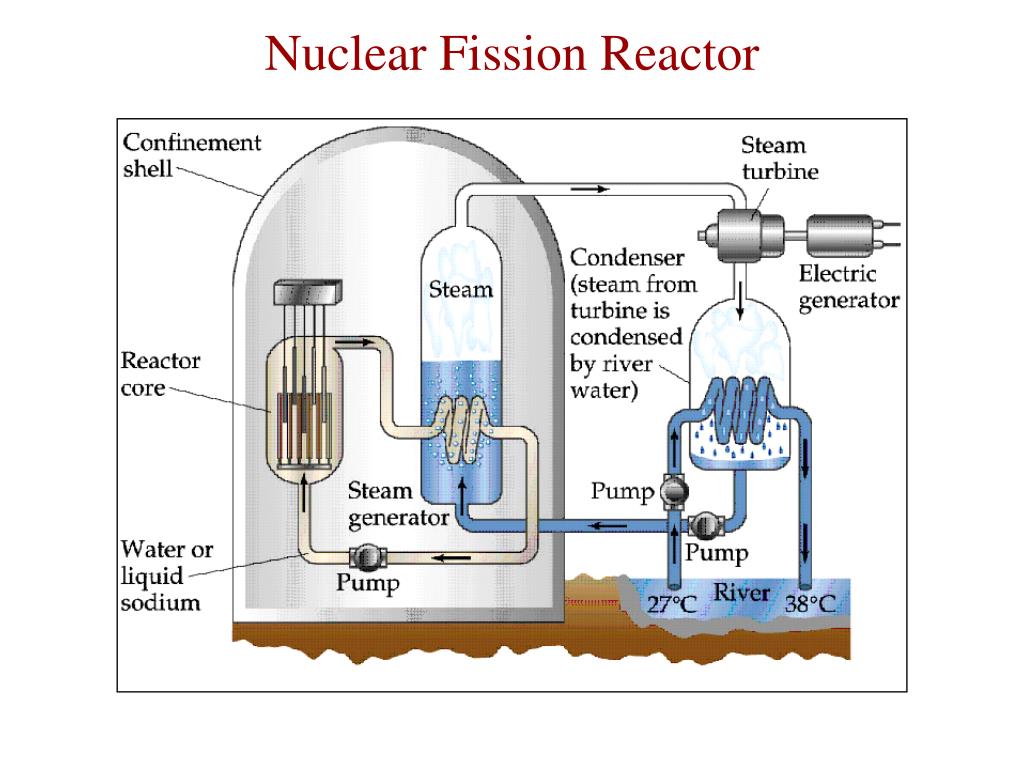
These are made with neutron-absorbing material such as cadmium, hafnium or boron, and are inserted or withdrawn from the core to control the rate of reaction, or to halt it.* In some PWR reactors, special control rods are used to enable the core to sustain a low level of power efficiently. (Secondary control systems involve other neutron absorbers, usually boron in the coolant – its concentration can be adjusted over time as the fuel burns up.) PWR control rods are inserted from the top, BWR cruciform blades from the bottom of the core. It is usually water, but may be heavy water or graphite. Material in the core which slows down the neutrons released from fission so that they cause more fission. Restarting a reactor with some used fuel may not require this, as there may be enough neutrons to achieve criticality when control rods are removed. Alpha particles from the decay cause a release of neutrons from the beryllium as it turns to carbon-12. Usually this is beryllium mixed with polonium, radium or other alpha-emitter. * In a new reactor with new fuel a neutron source is needed to get the reaction going. The rods are arranged into fuel assemblies in the reactor core.* In a 1000 MWe class PWR there might be 51,000 fuel rods with over 18 million pellets. Usually pellets of uranium oxide (UO 2) are arranged in tubes to form fuel rods. There are several components common to most types of reactor: Hence the term ‘light water’ is used to differentiate.) Components of a nuclear reactor (Another type uses heavy water, with deuterium atoms, as moderator. Since water normally boils at 100☌, they have robust steel pressure vessels or tubes to enable the higher operating temperature. Both types use water as both coolant and moderator, to slow neutrons. The less numerous boiling water reactor (BWR) makes steam in the primary circuit above the reactor core, at similar temperatures and pressure. The main design is the pressurised water reactor (PWR) which has water at over 300☌ under pressure in its primary cooling/heat transfer circuit, and generates steam in a secondary circuit. Today, reactors derived from designs originally developed for propelling submarines and large naval ships generate about 85% of the world's nuclear electricity. It is assumed that these were not unique worldwide. The 17 known at Oklo in west Africa, each less than 100 kW thermal, together consumed about six tonnes of uranium. These were in rich uranium orebodies and moderated by percolating rainwater.

The world's first nuclear reactors 'operated' naturally in a uranium deposit about two billion years ago. The steam is used to drive the turbines which produce electricity (as in most fossil fuel plants). The energy released from continuous fission of the atoms of the fuel is harnessed as heat in either a gas or water, and is used to produce steam. The principles for using nuclear power to produce electricity are the same for most types of reactor. In most naval reactors, steam drives a turbine directly for propulsion.) (In a research reactor the main purpose is to utilise the actual neutrons produced in the core. In a nuclear power reactor, the energy released is used as heat to make steam to generate electricity. How does a nuclear reactor work?Ī nuclear reactor produces and controls the release of energy from splitting the atoms of certain elements.

For more advanced types, see pages on Advanced Nuclear Power Reactors, Small Nuclear Power Reactors, Fast Neutron Reactors and Generation IV Nuclear Reactors. This page is about the main conventional types of nuclear reactor. About 10% of the world's electricity is produced from nuclear energy.

New designs are coming forward, both large and small.The first generation of these reactors have all been retired, and most of those operating are second-generation.Most nuclear electricity is generated using just two kinds of reactor which were developed in the 1950s and improved since.Nuclear reactors work by using the heat energy released from splitting atoms of certain elements to generate electricity.


 0 kommentar(er)
0 kommentar(er)
